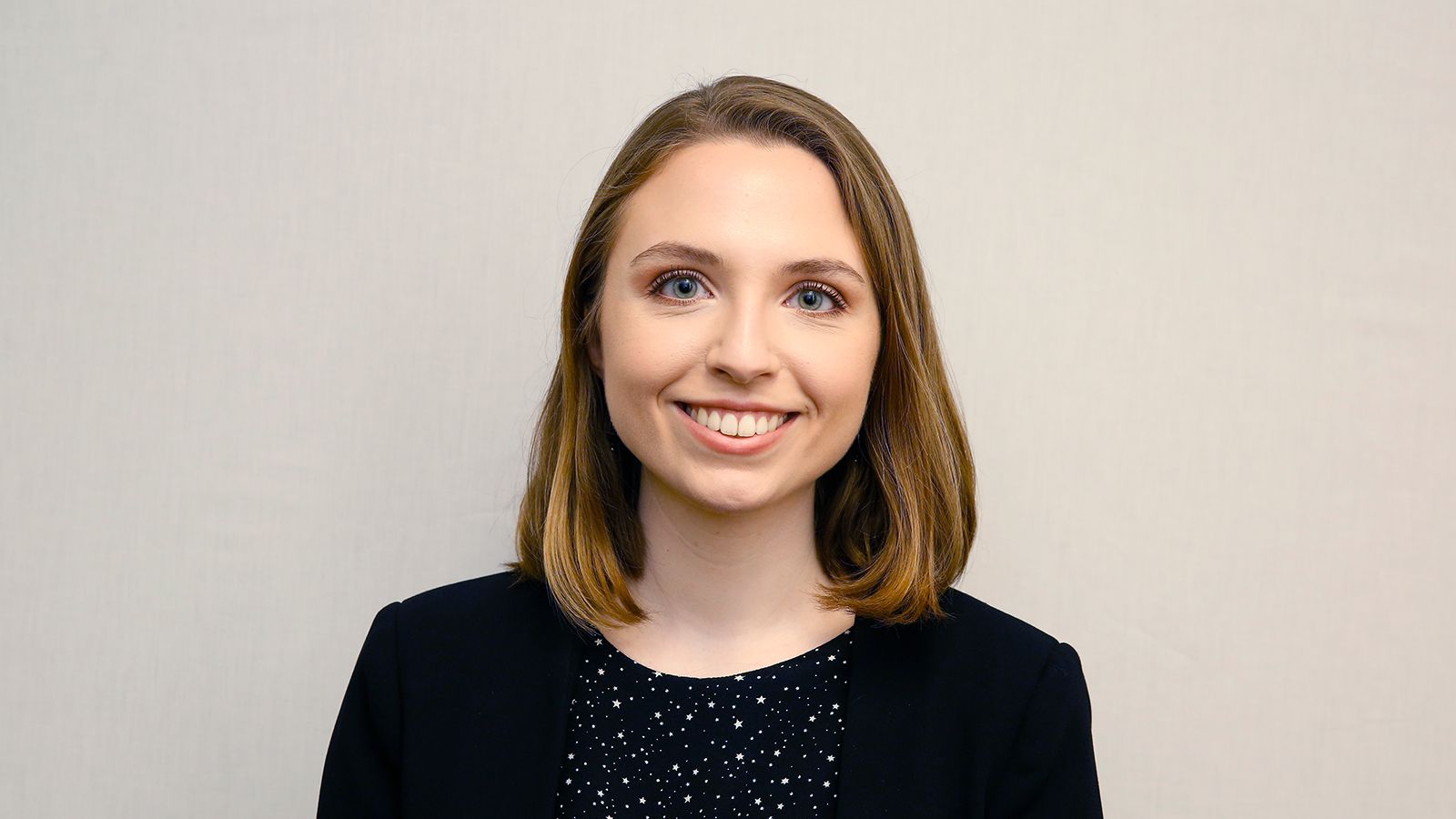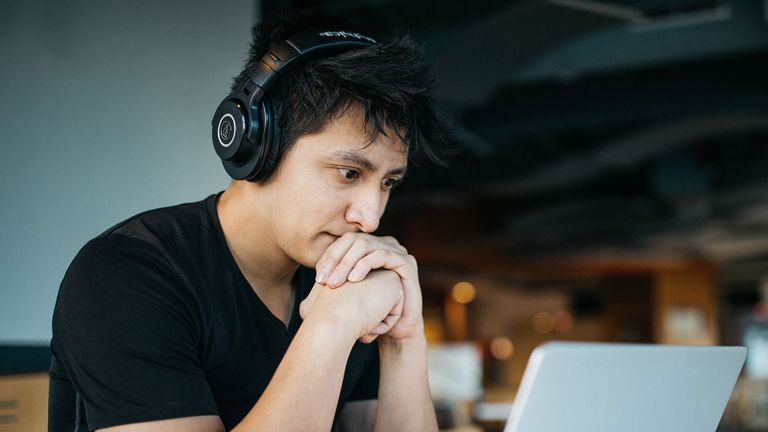“I was a band kid in high school,” says Victoria DiTomasso ’18, who grew up in the Bath Beach section of Brooklyn. A dedicated bass-guitar player, she directed the band at Staten Island Tech and conducted her class’s annual SING performance. She says she never thought of herself as a “science person.”
That all changed in 11th grade, when she took physics for the first time. She had a demanding teacher who scared most of the students. But the teacher had a sense of humor that, for DiTomasso, made it fun to tackle physics’ complexities. She fell in love with the subject, interned at the American Museum of Natural History the following summer, and aced her AP physics course the next year.
Hunter’s Macaulay Honors College offered her a full four-year scholarship, and on Accepted Students Day, DiTomasso attended a program where Macaulay Scholar Munazza Alam ’16 spoke on a panel. Alam, a physics major, impressed her greatly, and a year later, the two were in the same astrophysics research group.
The Hunter Macaulay program, which leaves DiTomasso without any college debt, “has given me a lot of freedom as I consider my post-graduation plans – a freedom a lot of my peers don’t have,” she acknowledges. She met her best friends while living in the Hunter Macaulay dorms, and is grateful that those friends, including 2018 Rhodes Scholar Thamara Jean, “pushed me to apply for and go for all the opportunities I could.”
One of those opportunities was the chance to join AstroCom NYC, a research partnership of young astronomers from CUNY, Columbia, and the American Museum of Natural History. DiTomasso joined during her first Hunter semester, and since then, has assisted Professor Kelle Cruz of Hunter, Professor Emily Rice of the College of Staten Island, and Senior Scientist Jackie Faherty of the museum in their collaborative exploration of brown dwarfs – celestial bodies too big to be planets and too small to be stars. The venture is called BDNYC, short for Brown Dwarfs in New York City.
The winter of her sophomore year, DiTomasso traveled to a mountaintop telescope observatory near Tucson, Arizona. As a summer intern at the American Institute of Physics, she wrote teaching guides and lesson plans for junior high and high school teachers. During her junior year, she wrote three articles for the magazines of Sigma Pi Sigma, the physics honor society. She spent the summer before her senior year at the University of Michigan researching planets beyond our solar system.
Through BDNYC, she collaborated with astronomer Sarah Schmidt of the Leibniz Institute for Astrophysics Potsdam, and when DiTomasso applied for the Fulbright to work with Schmidt in Germany, the astronomer wrote a strong letter of support to the Fulbright Program.
“In Germany, I’ll be looking at the smallest and dimmest stars in our galaxy, figuring out what they’re made of,” DiTomasso says. Aside from the knowledge this work will bring about the stars themselves, she says, “it’s cool in a broader sense, because stars are little time capsules. Some of the lowest-mass stars have existed since the galaxy was formed, and their composition will help us figure out the evolution of our galaxy.”
DiTomasso has already been accepted into Harvard’s PhD program in astronomy. She’ll begin those studies upon returning from Germany. Her Hunter friend Munazza Alam is already at Harvard, and they look forward to working together again.
DiTomasso’s longer-term plans are more tentative. She’s thinking of teaching and conducting research on a university campus, but is also considering other possibilities.
“I’m passionate about informal education beyond the classroom, in settings like museums,” she says. “I can see myself in a career that allows me to communicate science directly to the public.”
To get expert help with applying for NSF Graduate Research Fellowships and other national awards, Hunter students and graduates should contact The Ruth & Harold Newman Office of Prestigious Scholarships & Fellowships at (212) 396-6910 or ops@hunter.cuny.edu.


